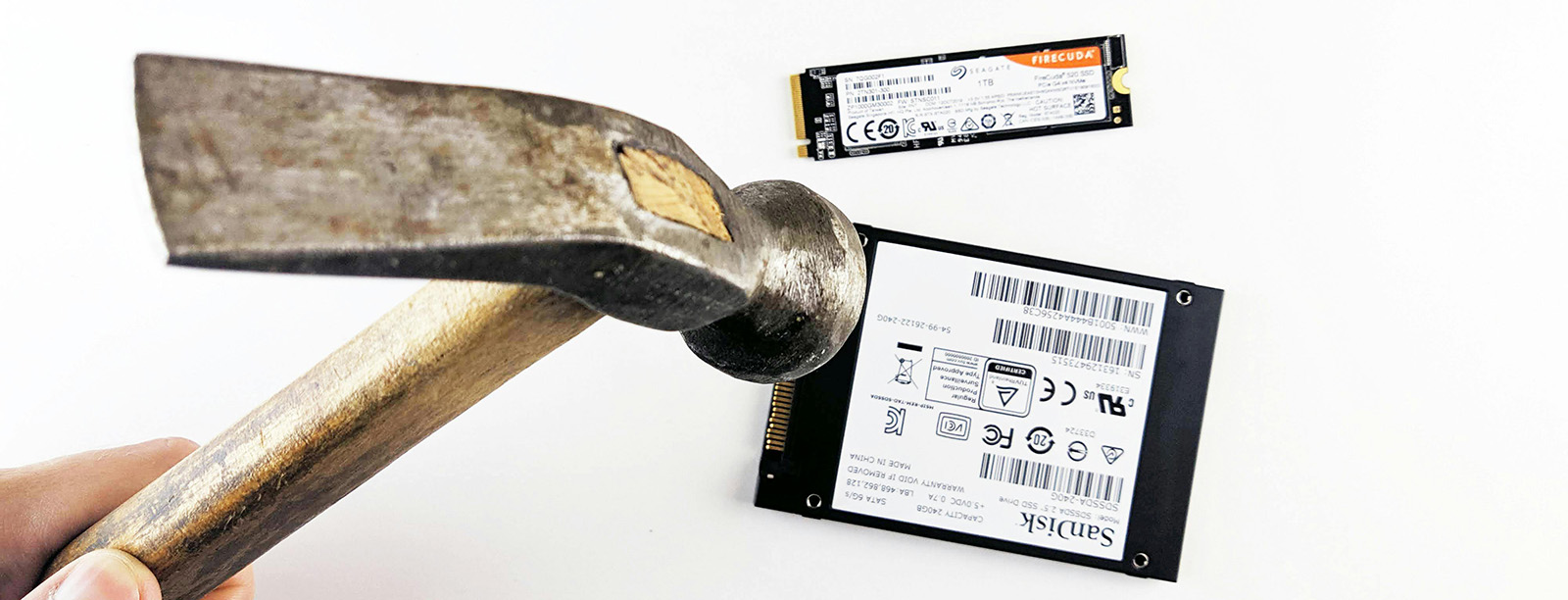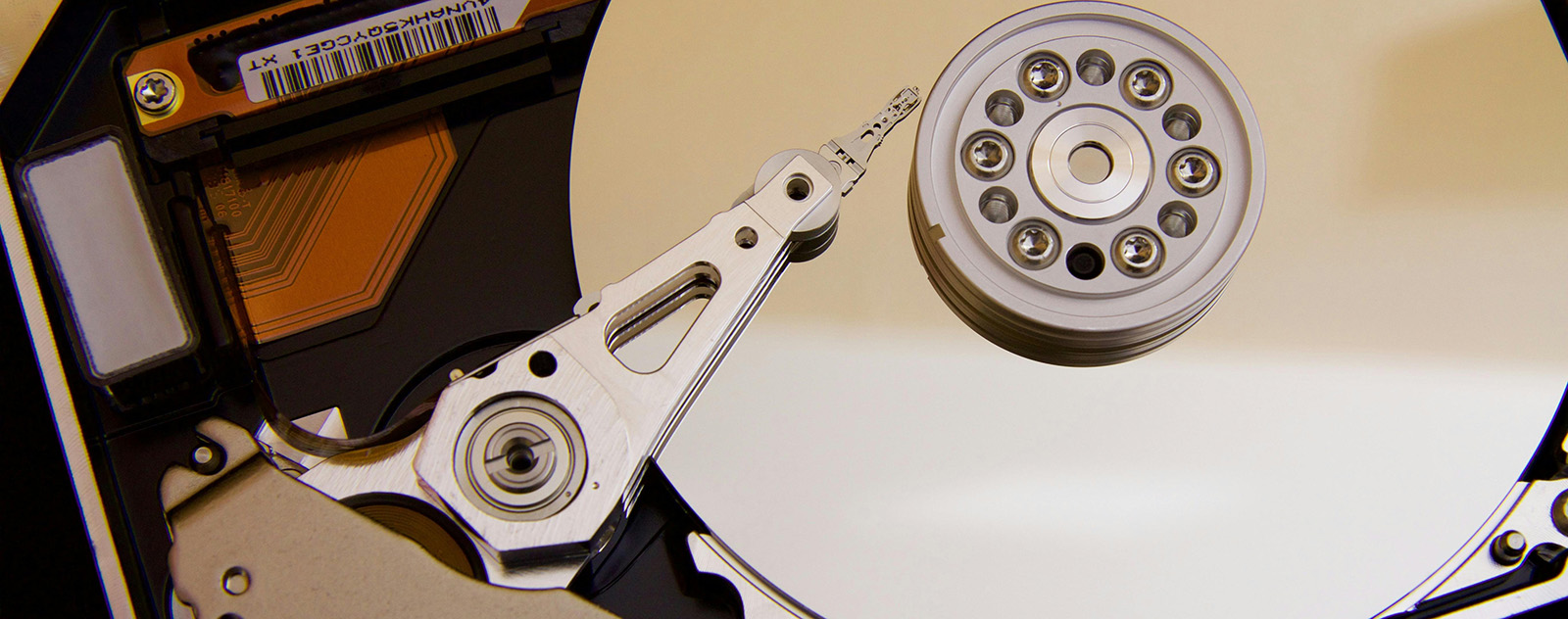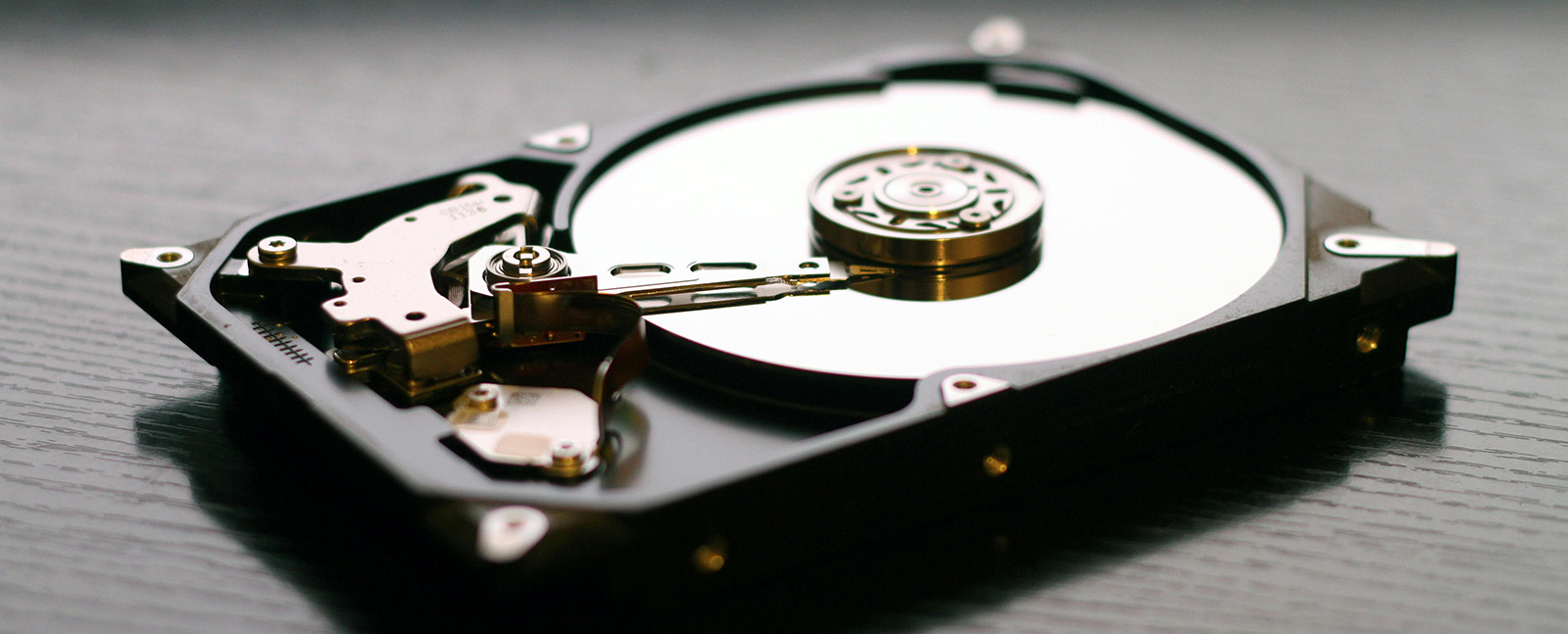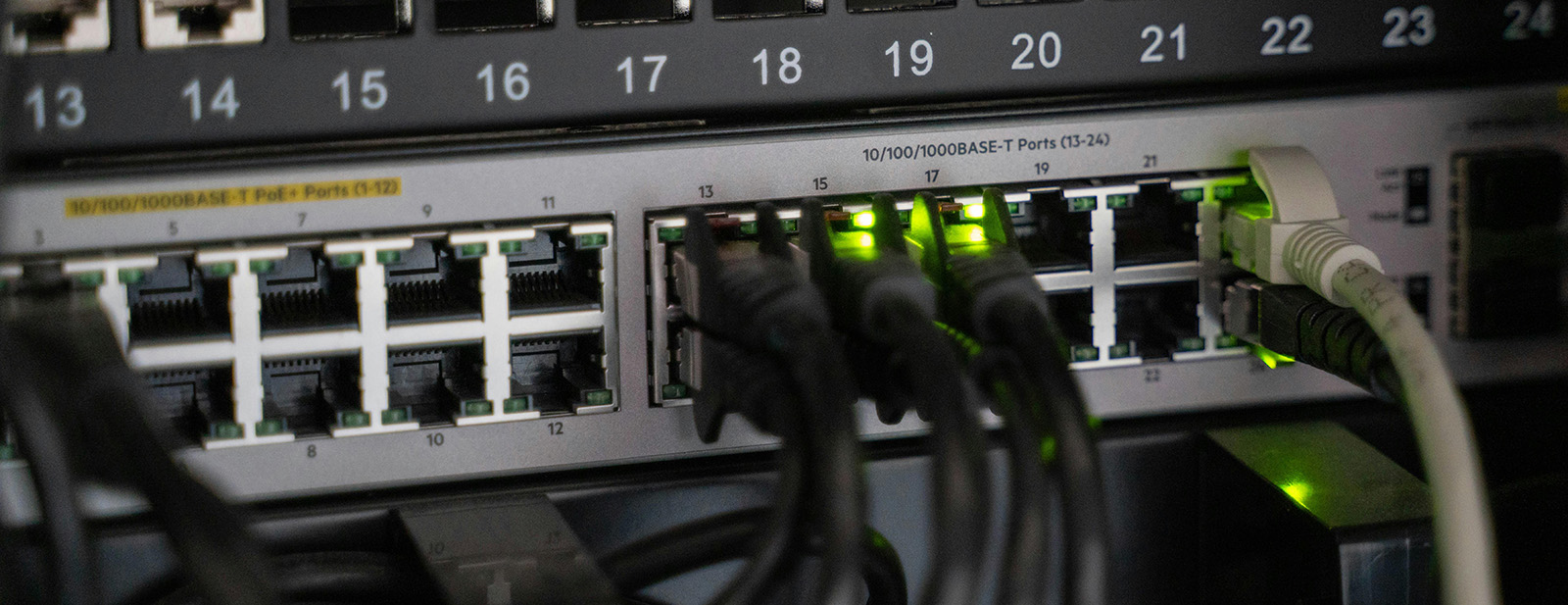Category: IT Infrastructure
-

Calico node fails to start with “unified resource “memory.oom.group””
If during setup of a Kubernetes cluster (in this case it’s microk8s) on a Raspberry Pi 5 running Ubuntu Server 24.10 you get the following error Error: failed to create containerd task: failed to create shim task: OCI runtime create failed: runc create failed: unable to start container process: error during container init: error setting…
-

Microceph error “Joining server certificate SAN does not contain join token name”
If you been banging your head against a wall for an hour or so, trying to figure out what is causing error Joining server certificate SAN does not contain join token name when trying to add a node to a microceph cluster, bang no more, I’ve found a reason and I will share it with…
-

Custom DNS servers for Raspberry Pi (and other Debian/Ubuntu Linux distributions)
Sometimes simple things are absurdly complicated with Linux. I get it, new versions etc. But man… Anyhow, if you don’t want to waste an hour looking for a working solution to the problem of setting static IP address and DNS servers for you Raspberry Pi running Ubuntu or Raspberry OS (acutually, any linux distribution using…
-

How to prepare a new node on a Ceph cluster
In this article we will concentrate on Microceph implementation of the Ceph storage platform Adding a new node to the Microceph cluster is a relatively simple task I already described in a separate article. But, there are a few extra steps that you can take to just make it better. Drives and OSD Ceph OSD…
-

Expanding Linux MD RAID: How to Resize Your Array Safely
Linux MD, also known as the Multiple Device , is a software RAID (Redundant Array of Independent Disks) system used in Linux. It allows you to create virtual devices by combining multiple physical devices, such as hard drives or partitions, into a single array. This array can provide redundancy, improve performance, or both, depending on…
-

How to put drives to sleep in OpenMediaVault?
By default, OpenMediaVault NAS software will prioritize performance over power consumption and noise levels of disk drives. It makes sense when running heavily loaded NAS, but for home usage it’s an overkill. If my NAS is used only a few times a day, it makes no sense to keep HDDs spinning all the time. Luckily,…
-

Home Assistant in Kubernetes the simple way
There is almost nothing better than running your smart home on your own server! And it’s hard to find better smart home system than Home Assistant itself. I used to run my instance of Home Assistant on a QEMU virtual machine inside old rack server (Dell R620 with intel Xenon E5-E2630L, 64GB RAM and 10TB…
-

Managing MicroCeph Clusters: How to Add & Remove Hosts
What is Microceph and Ceph Ceph is a highly scalable, open-source distributed storage platform. It supports object, block, and file storage, and is designed for large-scale, enterprise-level environments. Ceph provides robust features for redundancy, fault tolerance, and scalability, making it suitable for complex and demanding storage needs. MicroCeph is a lightweight deployment and management tool…